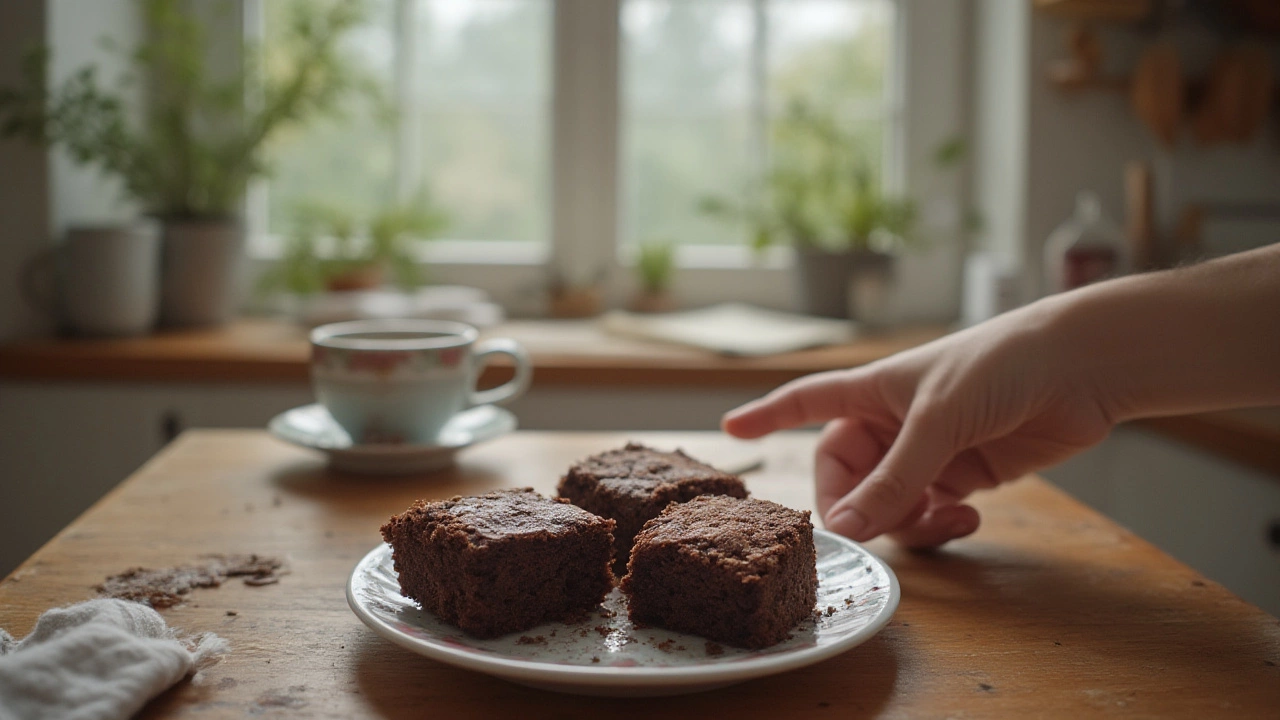
Ever opened your pantry and found a forgotten tray of brownies, only to wonder if it's safe to eat? Trust me, it happens to the best of us. Brownies have a sneaky way of multiplying, hiding behind cereal boxes, and emerging at the worst—or best—possible moment. But there's a big difference between a brownie that’s just a little stale and one that’s truly past its prime. Figuring out that line can save you from a mouthful of regret—or worse, a stomach ache.
What Happens When Brownies Go Bad?
It’s tempting to assume baked goods like brownies last pretty much forever, right? Sadly, that's not the case. Brownies are packed with moisture and sugar, which sounds like a dream for your sweet tooth but also sets up a playground for bacteria and mold. Even if they still look fine, hidden trouble might be lurking.
The science behind brownie spoilage is actually pretty straightforward. When baked, brownies lose a chunk of their moisture, but enough stays behind to keep the texture soft and fudgy. That moisture is key—anything edible with enough water can become a home for microbes. Factor in things like eggs, butter, or even add-ins like nuts and fruit, and the spoilage game ramps up fast. According to food safety guidelines, most homemade brownies will start to turn after about 3-4 days at room temperature. This can get even shorter during humid summer days or if your kitchen runs warm (hello, Auckland heatwaves!).
Here’s another thing people don’t realize: brownies made with dairy (think cream cheese swirls or extra butter) or fresh fruit spoil even faster. A study by the New Zealand Food Safety Authority showed that dairy-rich baked goods left out for more than two days regularly developed bacteria, even if they looked normal.
Key Signs That Brownies Have Gone Bad
Spotting bad brownies isn’t always as simple as seeing a patch of green mold. Here’s where your senses come in handy. Mold is obvious: blue-green spots, fuzziness, or anything that looks like it belongs in a biology class means your brownies are a no-go. But sometimes spoilage is sneakier.
First, smell is your best friend. Fresh brownies have that rich, chocolatey aroma that makes you want to eat the whole pan. If you pick up any sour, musty, or just “off” smells, don’t risk it. Taste-testing questionable brownies might sound bold, but it’s not worth the risk if they seem or smell weird.
Texture is next in the detective lineup. Are your brownies way harder than you remember? Some dryness is natural over time, but if a once-fudgy square now resembles a brick, toss it. Sticky or slimy spots are big red flags, especially if you stored them in a humid spot. Unusual glistening, like tiny oily patches, can signal fats breaking down and going rancid.
The look of the brownies will also tell you plenty. Fond of nuts or fruit in your bake? Look out for dark spots or fuzz on walnuts, hazelnuts, or berries—these go bad even quicker than the brownie itself. And never pick mold off one part and eat the rest. Mold sends roots beyond what you see on the surface and can spread toxins.
- Smell: Watch for sour, odd, or musty odors.
- Texture: Strange stickiness, extreme dryness, or slime.
- Appearance: Mold, green or white fuzz, odd glossy patches.
- Taste: Bitter, sour, or just weird means throw them away.
How Long Do Brownies Last in Different Conditions?
There’s no one-size-fits-all lifespan for brownies. It totally depends on where and how you store them. Here’s a handy table that shows the average shelf life of homemade brownies under different storage methods, based on real food safety data:
| Storage Type | Average Shelf Life | Best Practice |
|---|---|---|
| Room Temperature (Airtight) | 3-4 days | Cool, dry spot; airtight container lined with baking paper |
| Fridge | 7-10 days | Wrap tightly; let sit at room temp for 20 min before eating |
| Freezer | Up to 3 months | Wrap individual pieces and seal in zip bags or containers |
| With Dairy Add-Ins | 1-2 days (Room Temp) | Always chill, eat within a week |
Keep in mind that commercial brownies with loads of preservatives can sometimes last longer, but they're rare in home kitchens. Don’t rely on “best before” dates for home-baked goods—trust what you see, smell, and feel.
Humidity and accidental moisture make brownies go off quicker. If you’re living in a rainy city like Auckland, it pays to double-wrap brownies and keep them somewhere dry, away from direct heat or sunlight.
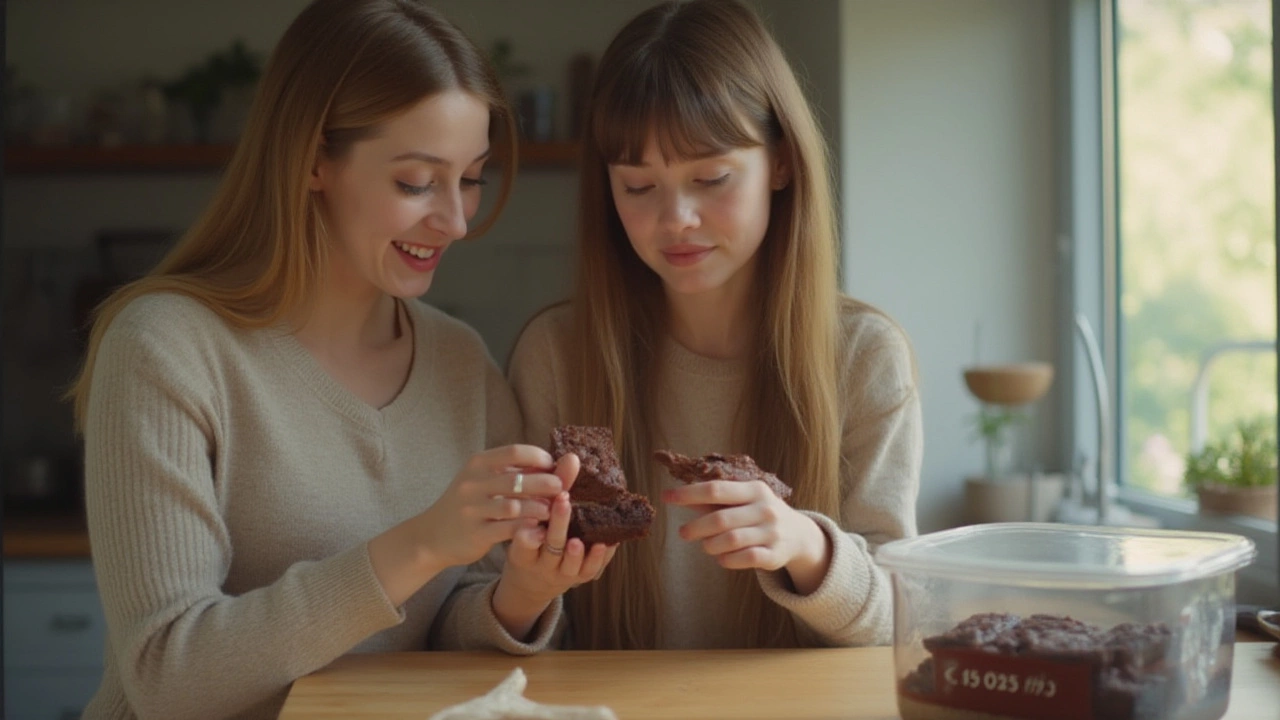
Safe Brownie Storage: Tips for Bringing Out Their Best
It might seem basic, but how you store your brownies makes a real difference. Brownies don’t just need to stay tasty—they need to stay safe. I’ve tested dozens of methods over the years, and these are hands-down the most reliable ways to prolong brownie life without sacrificing taste or texture.
- Cool Completely Before Storing: Warm brownies create condensation, which is perfect for mold growth.
- Airtight Is Your Friend: Use containers with tight-fitting lids. If you’re using plastic wrap or foil, double up and make it snug.
- Cut Smart: Only slice as much as you plan to eat right away. A whole brownie slab keeps better than bits and pieces.
- Line Containers: Place parchment or waxed paper at the bottom and between layers to avoid sticking and excess moisture.
- Fridge or Freeze If Needed: For large batches, freezing is your best bet. Wrap brownies individually if you’ll want to sneak one out at a time. Thaw at room temp for best texture.
- Keep Dairy Stuff Chilled: Cream cheese, mascarpone, or chocolate-ganache brownies go straight in the fridge, always.
- Check Inventories: Make a habit of rotating your baked goods and eating older brownies first, just as you would leftovers.
Storing brownies with fruit or nuts? Consider splitting up the batch so plain brownies stay out longer, and add-ins are eaten quicker. Certain nuts, like pecans and walnuts, go rancid surprisingly fast and can make brownies taste oddly bitter if left too long.
And if you need to refresh a slightly stale brownie? In New Zealand, a quick zap in the microwave (ten seconds or so) works wonders. Or, heat it up in a low oven (120°C) wrapped in foil—it’ll revive the texture for another day or two, as long as there’s no sign of spoilage yet.
Special Cases: Vegan, Gluten-Free, and Commercial Brownies
You’d think vegan or gluten-free brownies would have superpowers against spoilage, but don’t be too sure. Vegan brownies can sometimes last a touch longer because there’s no dairy or egg, but if there’s plant-based milk or nut butters, you’re still on the clock. Gluten-free brownies tend to dry out faster, so they can get rock-hard before they ever get moldy. That’s not unsafe, just unpleasant.
Commercial brownies are a whole different beast. Those individually wrapped bars you find in supermarkets are loaded with preservatives. According to a 2023 food quality report in Australia and New Zealand, packaged brownies from big brands lasted up to 45 days if unopened, thanks to sorbates and sulphites. But once you open that package or expose homemade brownies to air, the old rules apply—3-4 days is as much as you get at room temp.
For folks with allergies, always check the specific shelf life on your packet mix or store-bought box. Some gluten-free flour mixes have nuts or seeds that spoil quickly. It’s smart to store gluten-free goods in the fridge, especially in steamy weather.
Ever get a brownie in the mail? If it smells or looks off when unwrapped, don’t risk it. Never trust online sellers who don’t use clear packaging dates or who ignore temperature-safe shipping.
Common Questions & Troubleshooting for Brownie Lovers
Sometimes you just want a quick answer. Here are some of the most common worries and what you should really do:
- “My brownie has a little white fuzz. Should I just cut it off?” Never! Mold roots go deep—chuck the whole thing.
- “Is it safe to eat brownies a week after baking?” Only if they were chilled right away and show zero weirdness.
- “Brownies taste weird but look fine. Why?” They may have absorbed fridge odors or fats could have gone rancid. Better safe than sorry.
- “Can I freeze brownies with frosting?” Yes, but wrap them tight or frosting will dry out. Buttercream-style freezes best.
- “How do I make brownies last for a party next week?” Bake, chill, freeze, and only thaw what you’ll serve. Airtight wrapping is your best friend.
| Question | Short Answer |
|---|---|
| White powder on top? | Could be mold or sugar bloom. If it’s fuzzy, bin it. |
| Odd nut taste? | Pecans and walnuts go rancid fast. Don’t eat if taste is off. |
| Sticky but not slimy? | May be just fudgey; go by smell and look, too. |
| Left in hot car? | Discard. Warmth speeds up spoilage and bacteria. |
Remember, a brownie is at its best when shared shortly after baking. If you spot any questionable signs, trust your gut—and your nostrils. Dessert should always be a treat, not a test.



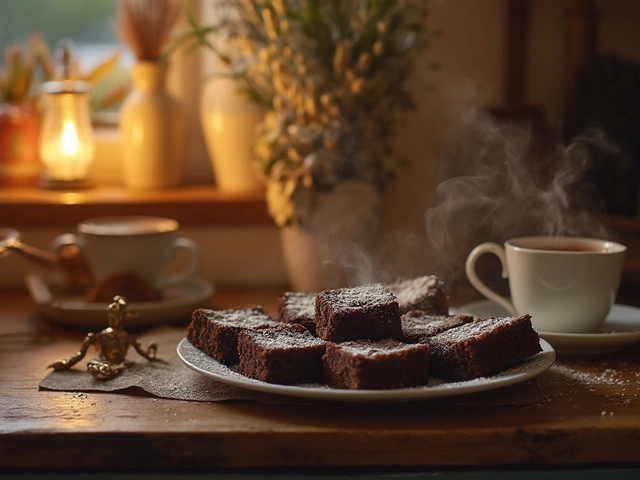
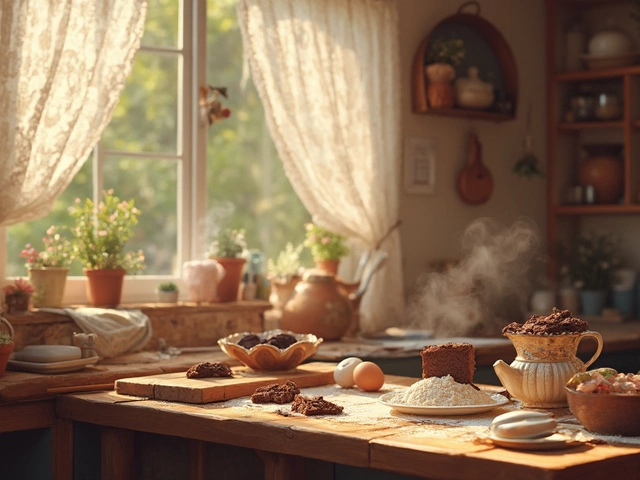
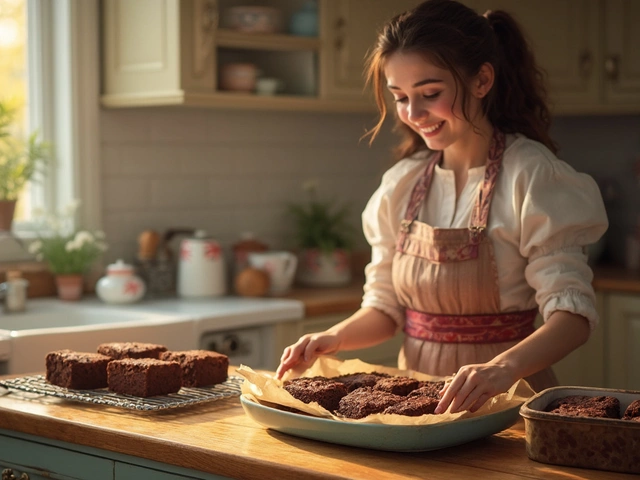
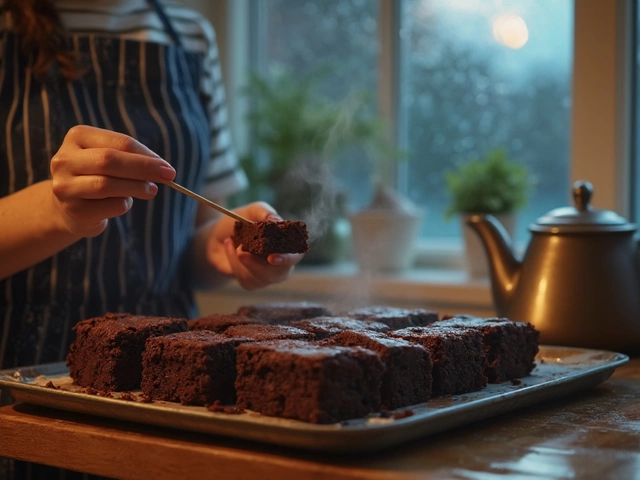
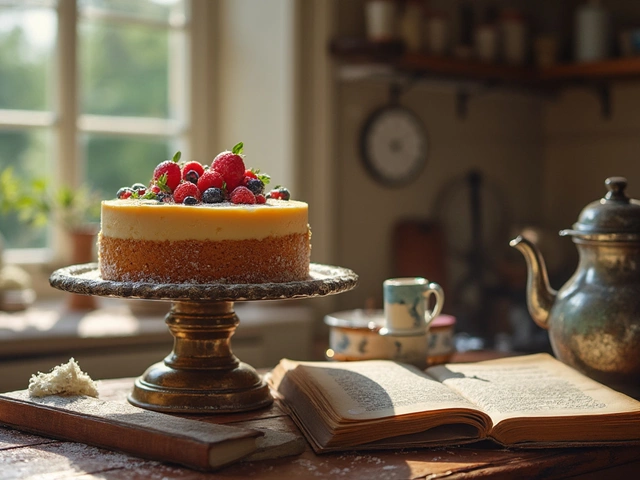
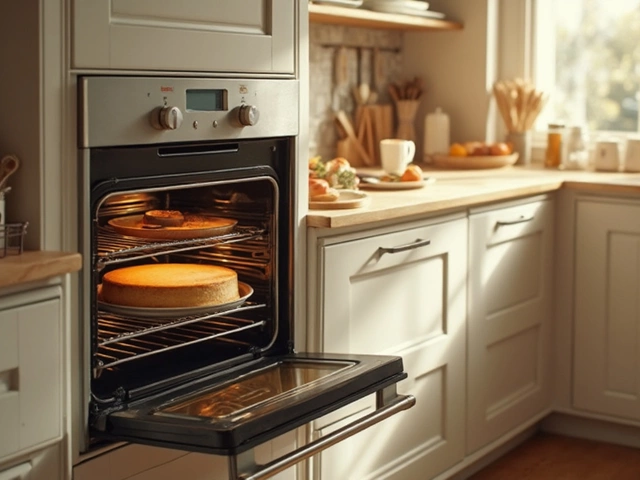
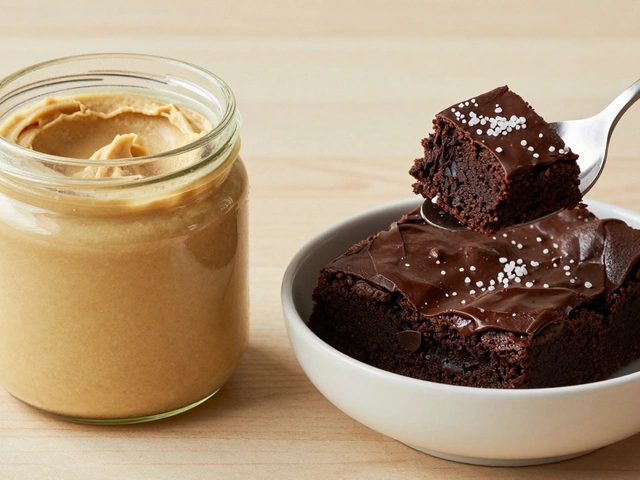


Write a comment